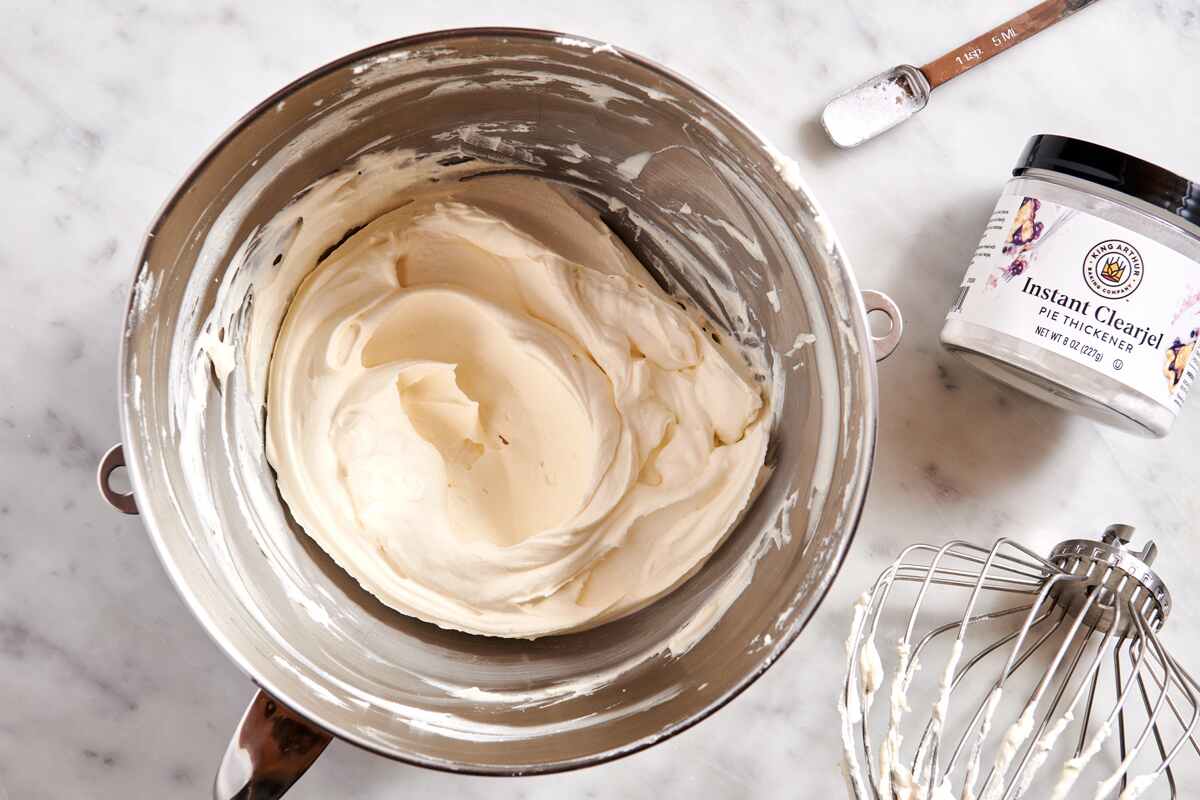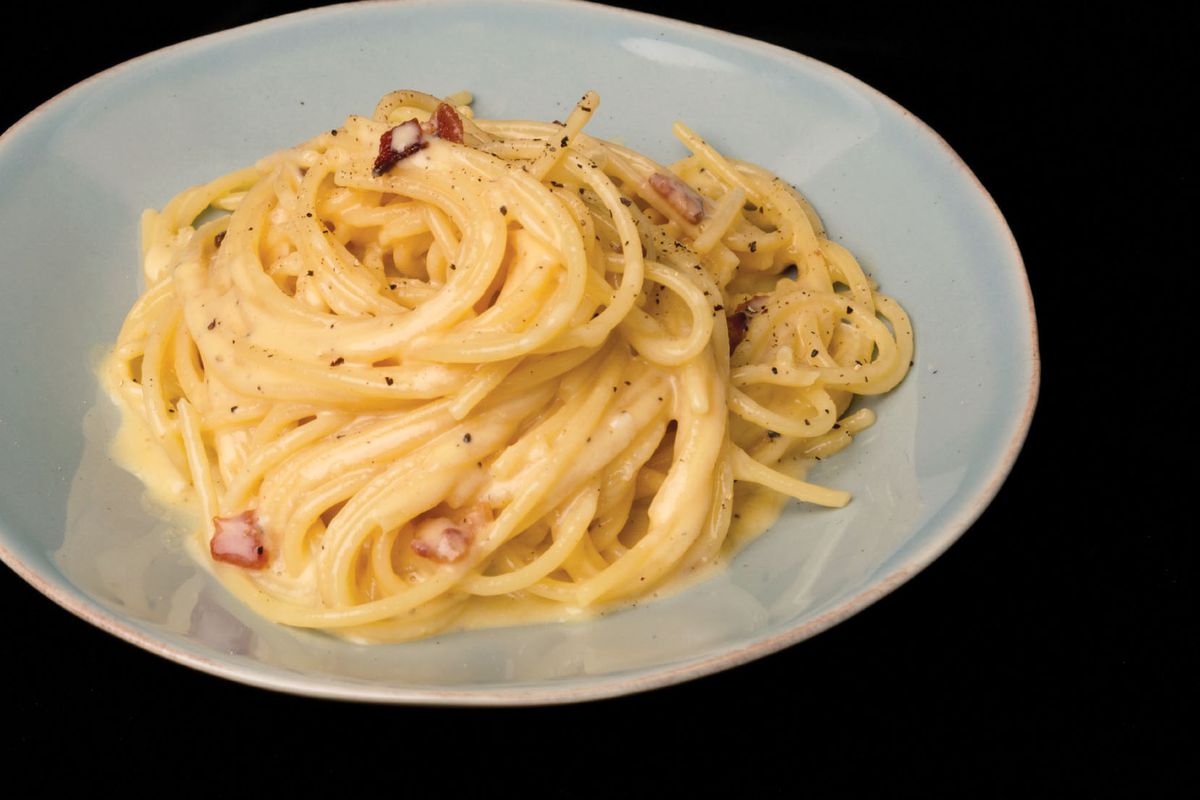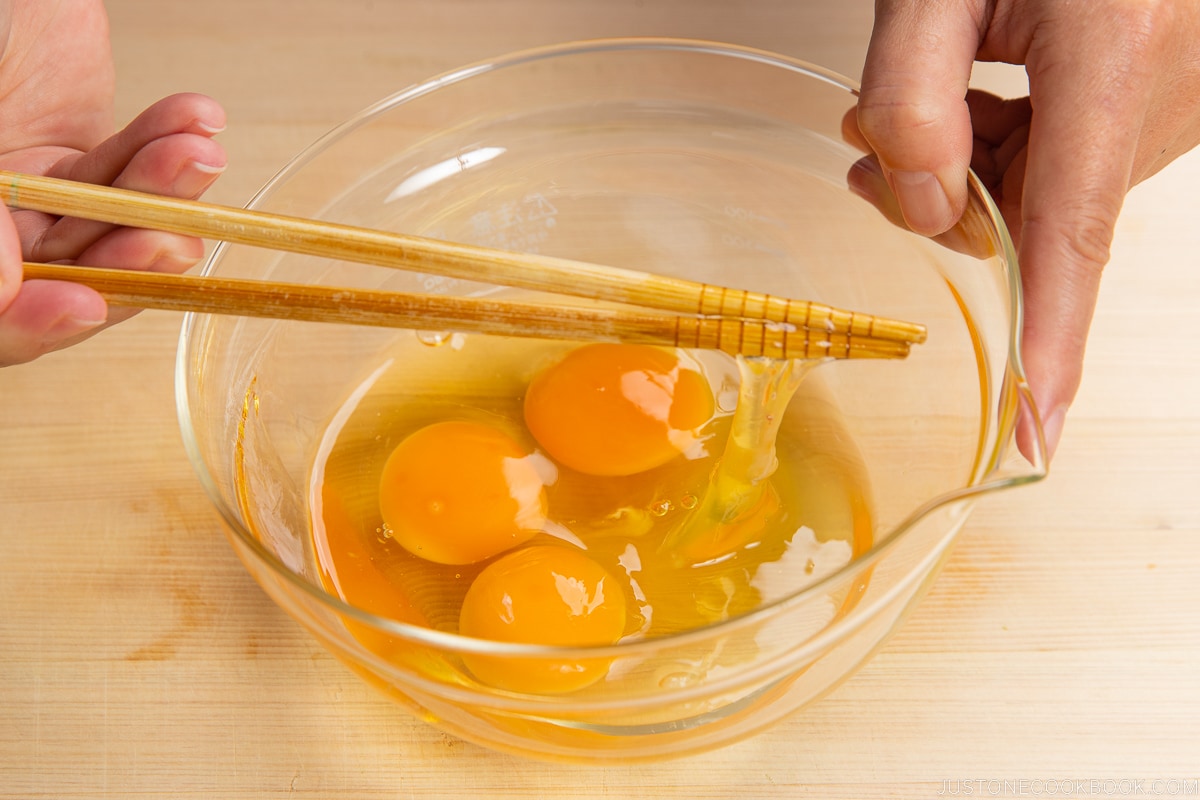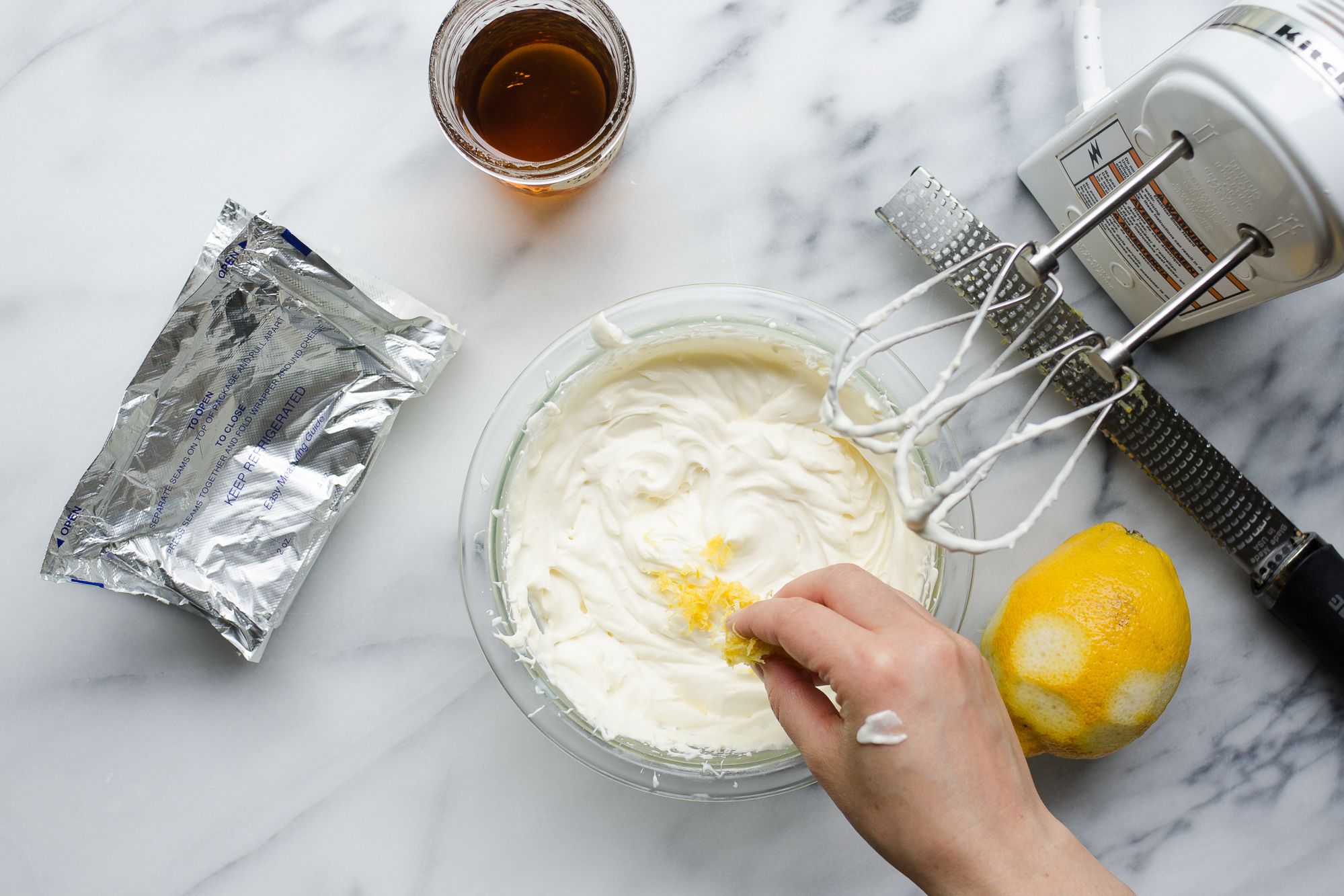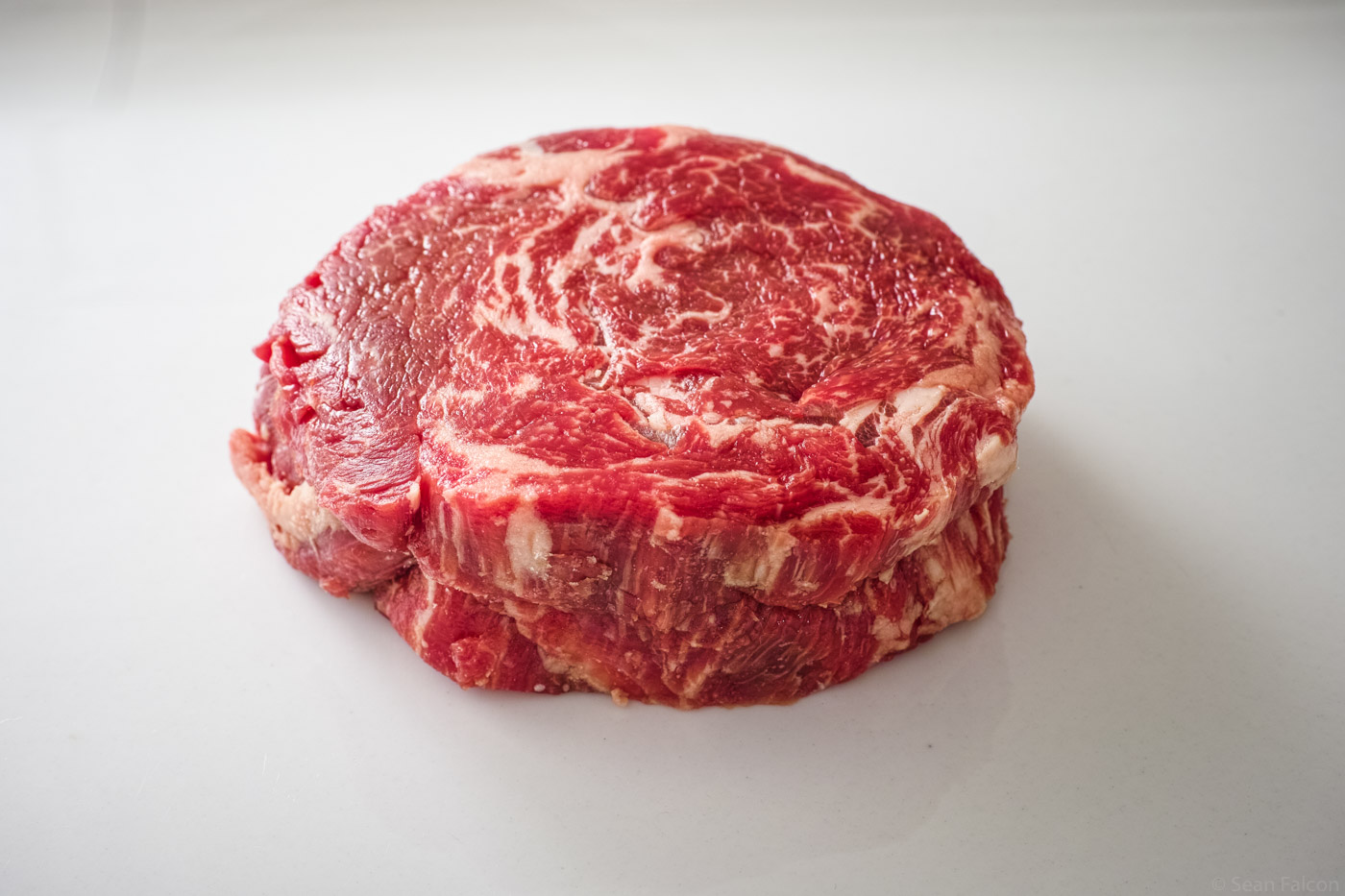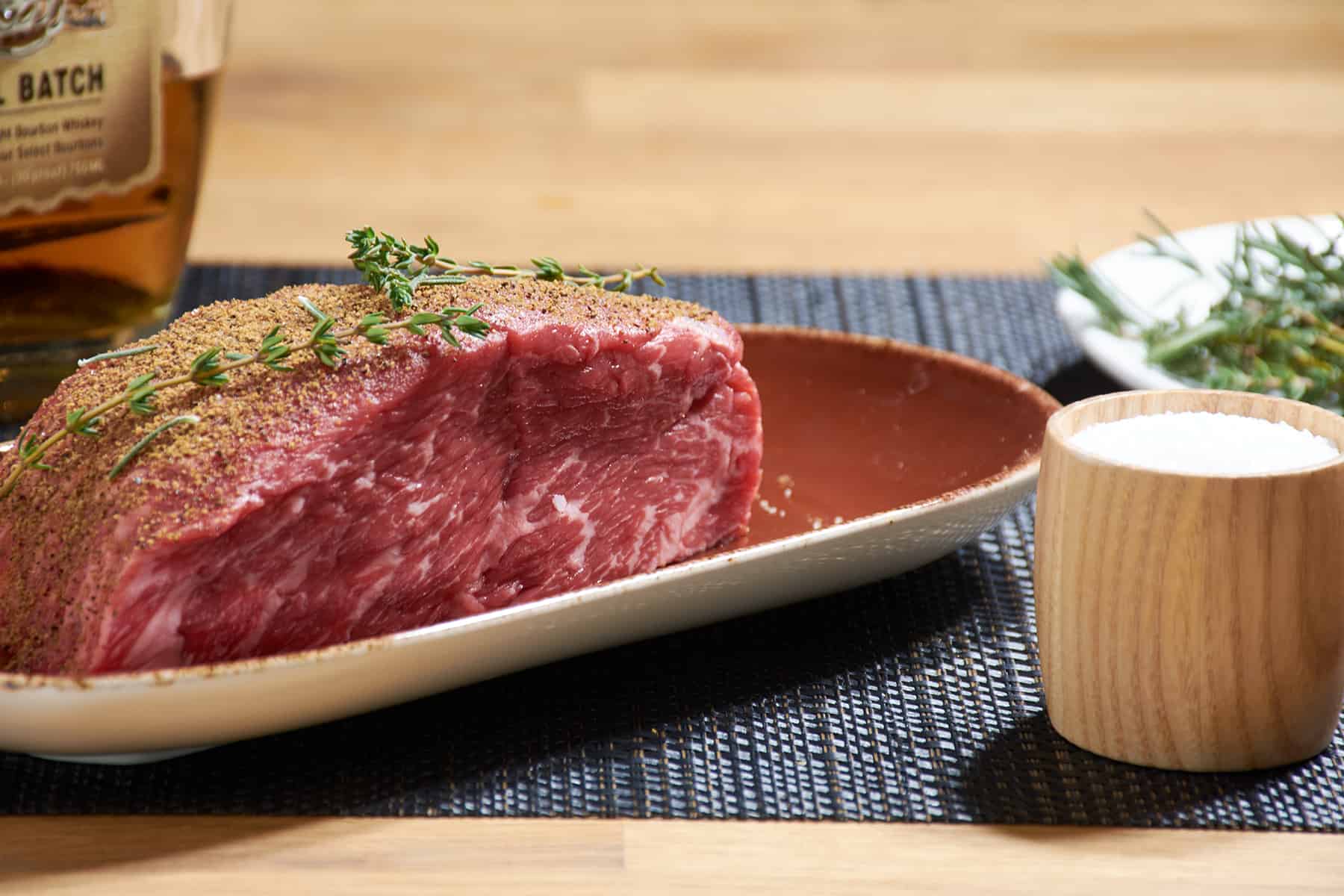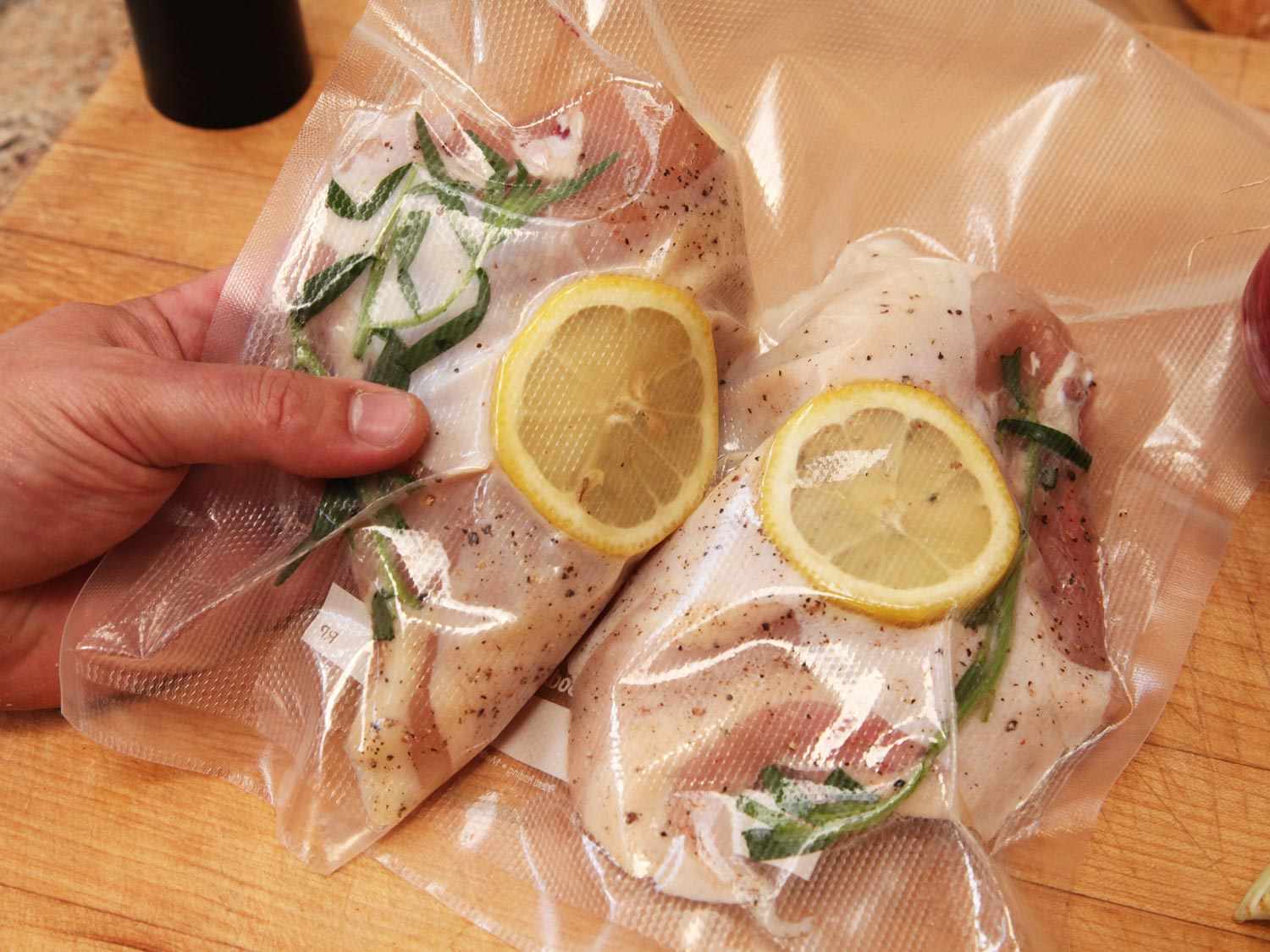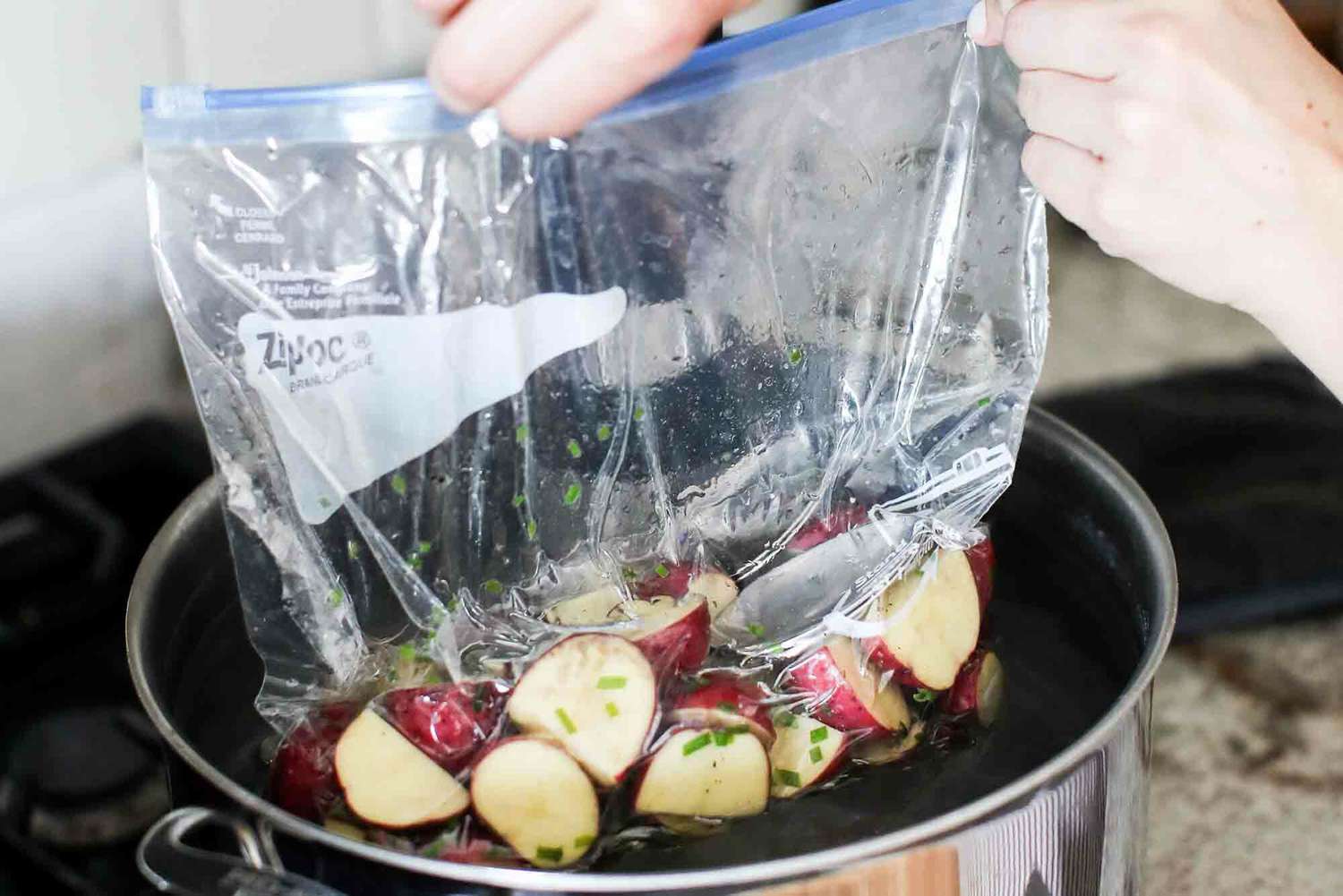Tempering Heavy Cream for Soup: A Delicious Addition to Your Culinary Repertoire
Heavy cream is a luxurious and versatile ingredient that can elevate the flavor and texture of soups, sauces, and desserts. When used in soups, it adds a rich and creamy element that can turn a simple dish into a decadent indulgence. However, incorporating heavy cream into soup requires a delicate process known as tempering to prevent curdling and ensure a smooth, velvety consistency. In this guide, we’ll explore the art of tempering heavy cream for soup, so you can confidently add this delectable touch to your culinary creations.
What is Tempering?
Tempering is a technique used in cooking to gradually raise the temperature of a delicate ingredient, such as eggs or dairy, without causing it to curdle or scramble. When it comes to heavy cream, tempering involves slowly introducing the cream to a hot liquid, such as soup or sauce, to bring it up to temperature without causing it to separate or form lumps.
Step-by-Step Guide to Tempering Heavy Cream for Soup
Tempering heavy cream for soup requires patience and attention to detail, but the results are well worth the effort. Follow these steps to achieve perfectly tempered heavy cream for your next batch of soup:
- Prepare the Soup: Begin by preparing your soup base according to your recipe. Whether you’re making a velvety potato leek soup or a creamy tomato bisque, having the soup ready to go is essential for the tempering process.
- Heat the Cream: In a separate saucepan, gently heat the heavy cream over low to medium heat. It’s important to warm the cream slowly to prevent scorching or boiling.
- Gradually Add the Hot Soup: Once the cream is warm to the touch, begin adding small amounts of the hot soup to the cream, a little at a time. Use a ladle to gradually incorporate the hot liquid into the cream while stirring constantly. This gradual introduction helps to bring the temperature of the cream up slowly and prevents it from curdling.
- Combine and Serve: Once you’ve added enough hot soup to the cream and the temperature of the two liquids is similar, you can safely pour the tempered cream back into the soup pot. Stir the mixture well to combine the cream with the soup base, and then serve immediately for a lusciously creamy and smooth texture.
Tips for Successful Tempering
Tempering heavy cream for soup can be a delicate process, but with the right approach, you can achieve beautiful results every time. Here are some additional tips to keep in mind:
- Use Fresh Cream: Fresh, high-quality heavy cream is essential for successful tempering. Avoid using cream that is close to its expiration date or has been sitting in the refrigerator for an extended period.
- Keep the Heat Low: When heating the cream, be sure to keep the heat low and slow. Rapidly boiling or scorching the cream can lead to undesirable results.
- Stir Constantly: Stirring the cream and hot soup constantly during the tempering process is crucial for achieving a smooth and creamy consistency. This helps distribute the heat evenly and prevents the cream from curdling.
- Don’t Rush: Tempering is a process that requires patience. Take your time and allow the cream to gradually come up to temperature for the best results.
Enjoy the Creamy Delights of Tempered Heavy Cream
Now that you’ve mastered the art of tempering heavy cream for soup, you can confidently add this luxurious touch to your favorite soup recipes. Whether you’re preparing a comforting bowl of butternut squash soup or a classic vichyssoise, tempered heavy cream can take your soups to new heights of indulgence. With a little practice and attention to detail, you’ll be able to enjoy the creamy delights of perfectly tempered heavy cream in all of your culinary creations.
So go ahead, grab your ladle and saucepan, and get ready to elevate your soups with the velvety smoothness of tempered heavy cream. Your taste buds will thank you!
Explore More: Recipes and Applications
After mastering the art of tempering heavy cream for soups, the kitchen becomes your playground with myriad recipes to explore. We recommend starting with classics like Creamy Tomato Bisque and Classic Potato Leek Soup to practice integrating smooth, tempered cream into diverse soup bases. For a more adventurous culinary venture, try the Rich Lobster Bisque or Creamy Mushroom Soup, where the delicate balance of flavors can be enhanced by your new skill. These recipes not only allow you to apply the technique of tempering cream but also help in refining your ability to balance and enhance the overall texture and flavor of luxurious creamy soups.
